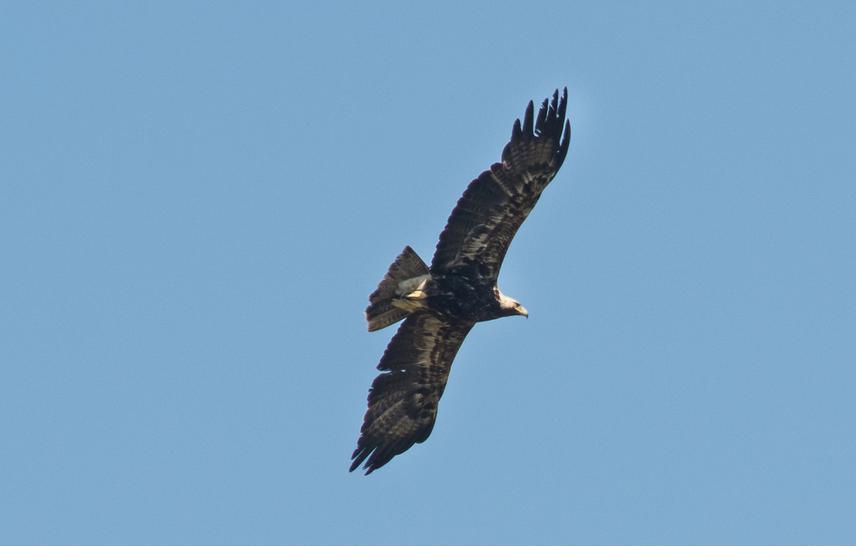Emanuel Lisichanets
Other projects
During the field survey in 2014 more than 550.000 ha were explored and 65 possibly imperial eagles sites were discovered, some of them well known and some of them new. Habitats range from predominantly arable land, dry pastures, woodlands, and rural settlements. Twenty six occupied nests were recorded in which thirty two young eagles were fledged. Enormous attention has been paid to collecting relevant data about the state of the habitat, feeding potential, nesting capability and distribution of active pairs. After the successful completion of the research, the implementation of necessary direct conservation measures should be the aim of follow-up activities for Imperial Eagle conservation in Macedonia

Information collected during first survey will enable the more accurate application and implementation of adequate conservation measures and the implementation of conservation obligations stipulated by international conventions. The preview project was only the beginning of large serious activity for the conservation of Imperial eagles in Macedonia. If it stops, all positive effects that were reached thanks to this project will be jeopardized and there will be no further progress.
The main achievement of our work will be conservation of existing Imperial eagles and conduct direct measures that will help increasing their population. Project region is shared among four municipalities, while the hunting grounds have been given under concession to different hunting organizations. Therefore, working meetings are foreseen with each of the hunting organizations, and in addition local environmental NGOs will be invited. The aim of these meetings will be to present the project, ask for support and canalize future cooperation. Direct contacts with local people are the best way to transmit the knowledge and information. Therefore, lectures in villages in the region with IE are planned, with participation of livestock breeders, pupils and other interested people. The lectures provoke discussion among the participants, exchange of opinion etc. Furthermore, they can help identify contact-person in each village, which is most useful for later exchange of information. Due to the losses of most natural nesting habitats it is necessary to implement measures to increase the nesting opportunities for the eagles. The best solution is to install enough artificial nests in suitable locations. Disturbance during the nesting season is an ever-present threat, especially in the light of the confirmed case of nest robbery. So, it is important that some of vulnerable nests be guarded, especially during the last 30-45 days before the first flight of the young. With this, breeding success will be increased. There are fewer favorable nesting trees than in the past, so it is necessary to prohibit legal and illegal logging of solitary trees, even when some of them are in private properties. All important trees in the regions where Imperial eagles occur must be especially protected. Information about the project activities will be distributed in social networks and mass media, and we expect people will become aware of the value of the species and necessity to protect it. Finally training of volunteers for nature conservation provides the human background for the long term conservation efforts. The highest expectation is that in future conservation activities will be implemented by the local environmental NGOs and hunting organizations.